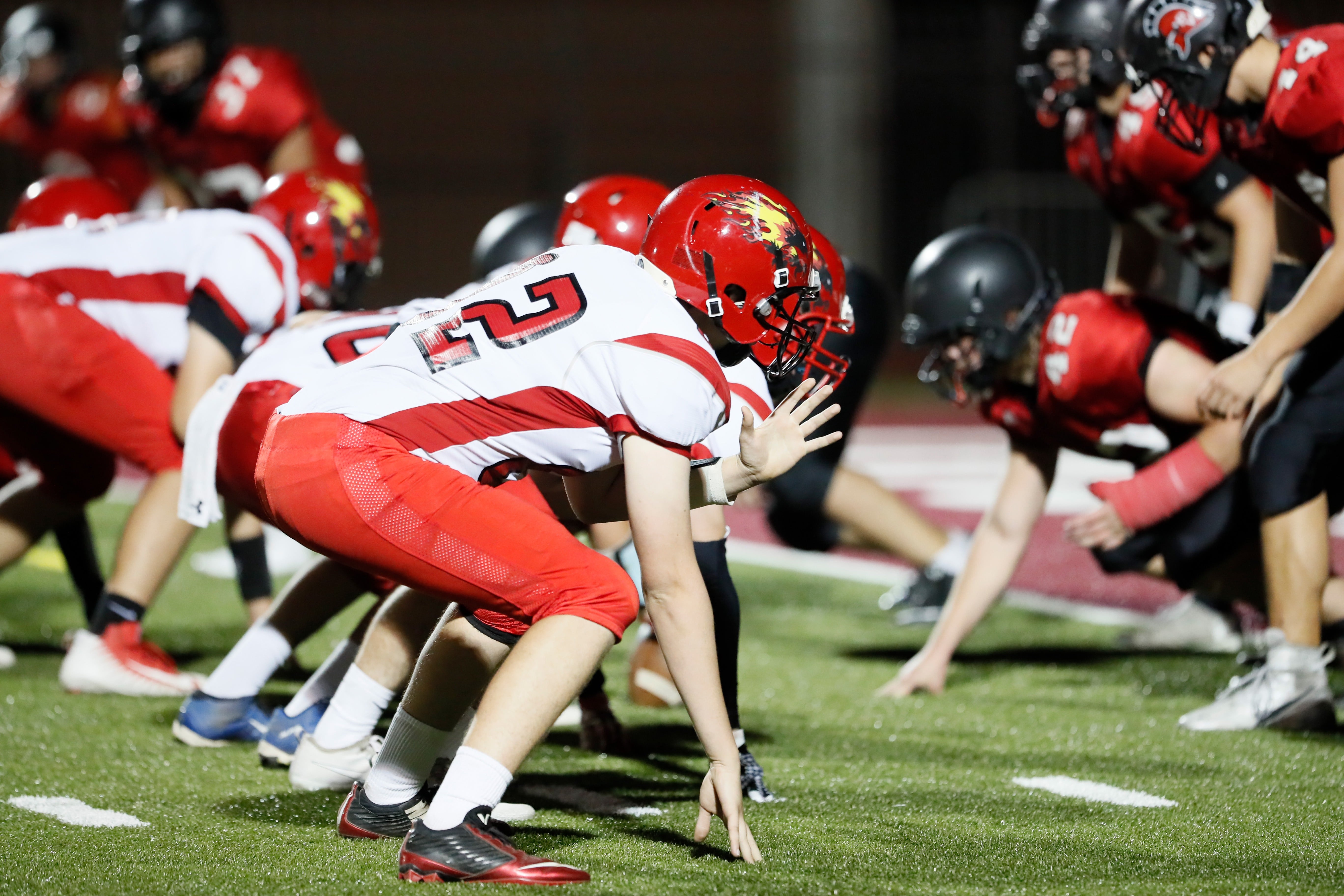A recent study found that in Arizona, parents who are OK with their kids playing football has declined by 15 percent. This is right in line with national trends in the sport: The National Federation of High School Associations has found a two percent decline in football participation.
One reason for the decline? Growing fears of concussion among both parents and youth.
And it’s not just football players and their parents who are worried about the risk of brain injuries and head trauma. Soccer and hockey (which, unlike football, is growing in popularity here in the state) are both sports with major collision—and concussion—potential.
We talked with Paul Gagliano, PT, DPT, who has extensive training and experience treating patients with head injuries, especially young athletes after concussion. Here, we share three things you probably didn’t know about concussions and young athletes.
#1: Concussions Can Sometimes Be Avoided With The Right Techniques and Training.
That’s right: We said, “sometimes.” Clearly, concussions aren’t intentional—they’re often the result of incidental contact and can’t be avoided. But some impacts, and the consequential concussions, can be avoided.
As Paul says, there is such a thing as good tackle mechanics in football. Of course, it’s up to coaches to teach proper technique, but it’s good for both parents and athletes to understand that. “A lot of concussions are a result of bad tackling technique. Kids often aren’t aware that there is an actual form you’re supposed to have; you don’t just run at people.”
As for soccer, “There are some strategies that can help players prepare their heads for the trauma,” Paul explains. For example, he says that female players often ”tend to tighten their musculature more quickly than they should or prepare for impact more aggressively than they need to. This tires the muscles out and puts them at greater risk for injury.” Training players to prepare their heads for purposeful contact with something, like a soccer ball, can minimize that risk.
In addition, Paul says working on things like balance, stability, control, and coordination—all things that are an important part of playing a sport—can reduce the likelihood of those accidental movements and impacts that can lead to concussions.
#2: You and Your Child Might Report Totally Different Symptoms Of Their Concussion.
Ok, this one’s a bit of a no-brainer. After all, since when do you and your child have a complete meeting of the minds about something? Probably almost never.
But it’s still important to consider that the way you perceive the concussion in your child is likely going to be very different than the way they experience it and are able to vocalize their symptoms.
“With young athletes, what the parents report and what the kids report are extremely different,” Paul says. “A lot of kids will say, ‘I don’t have trouble sleeping, or concentrating or focusing.’ And the parents will say, ‘I’ve noticed a huge change in my child’s ability to sleep or to focus.’ Is this a problem with kids not understanding what’s different, or with parents being hyper-vigilant and hyper-protective? Who knows? But this is where it’s important to educate everyone on the potential symptoms, especially kids.”
Paul says both you and your child should be educated about the following signs and symptoms of concussions (note that your child may only have one symptom, or he or she may have multiple symptoms):
- Headache
- Neck pain or stiffness
- Dizziness
- Vision changes, such as blurry vision or double vision
- Memory and focus issues
- Emotional changes
- Sleep disturbances
Knowing how to describe what they are experiencing can go a long way in informing the right treatment and appropriately timing a healthy return to sport for your child.
Read more about identifying and treating concussions in Be Prepared When Concussions Happen from the Spooner blog!
#3: Physical Therapy Is An Important Step In Concussion Recovery.
Did you know that physical therapy is now commonly recommended for those recovering from a concussion? It used to be that prolonged rest was thought to be the right concussion treatment, but Paul explains that the research shows that following an initial rest and “quiet” period, physical therapy actually speeds recovery.
In fact, physical therapists are now considered an essential and even crucial member of an individual’s “return to sport” team. That team is also made up of your child’s primary care physician or neurologist (or both), his or her coach, school teachers, and you.
So, when is it right to start physical therapy for concussion treatment and how does it help? Paul says that it’s typically time to start PT after the 14-day relative rest period. He will look for dizziness and any trouble with muscles or movement, then teach the body to deal with stimuli, progressing to work on overall athleticism and sport-specific training using exercises that focus on balance, control, strengthening, and stabilization. This kind of training can be key in both recovery and preventing successive concussions when they return to play.
While he cautions against allowing fear to limit your child’s activities, Paul says, “You do want to take concussions seriously. There’s so much research showing issues with learning and memory and cognition for the remainder of life with multiple concussions. Make sure they’ve truly recovered appropriately [before returning to sport]. Make sure they have everything they need to be set up for success in life, in learning, as well as for their sport.”
Learn more about Vestibular Therapy at Spooner Physical Therapy. Ready to schedule an appointment? Schedule an appointment or complimentary movement screen with a Spooner physical therapist at one of our locations throughout the valley.
Resources:
https://ktar.com/story/2305891/concussion-rates-hockey-rise-sport-gains-popularity-arizona/

